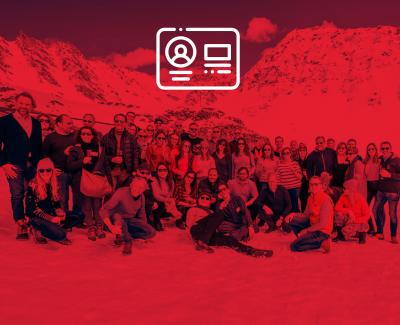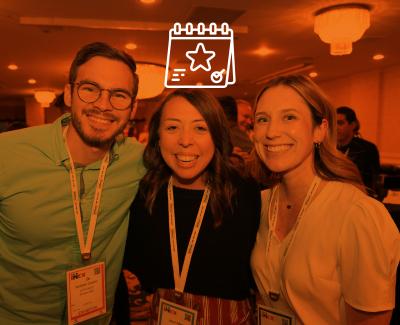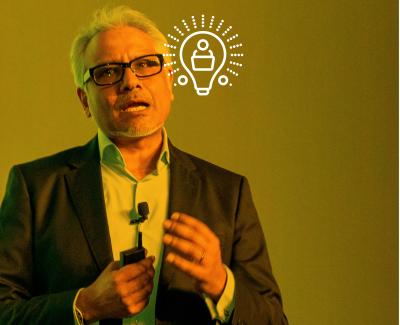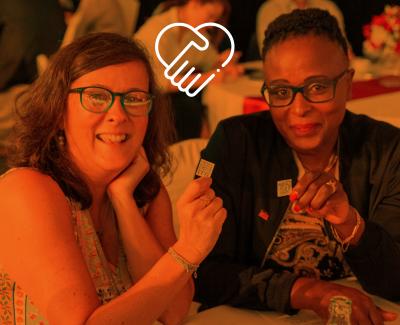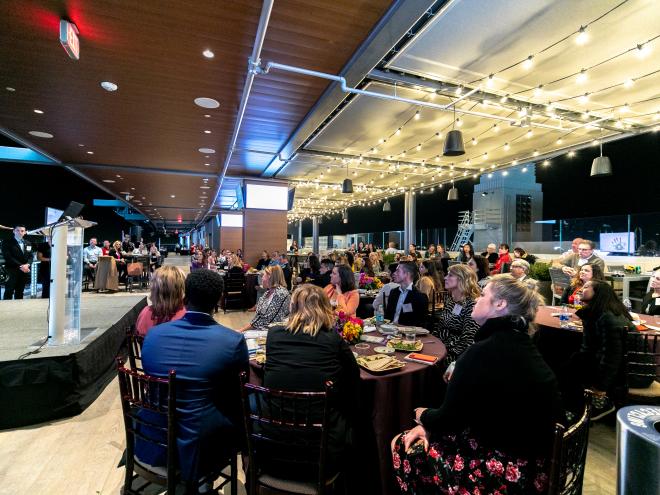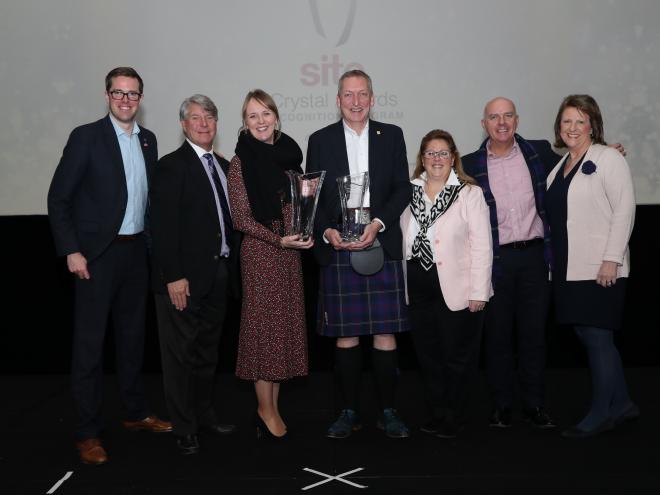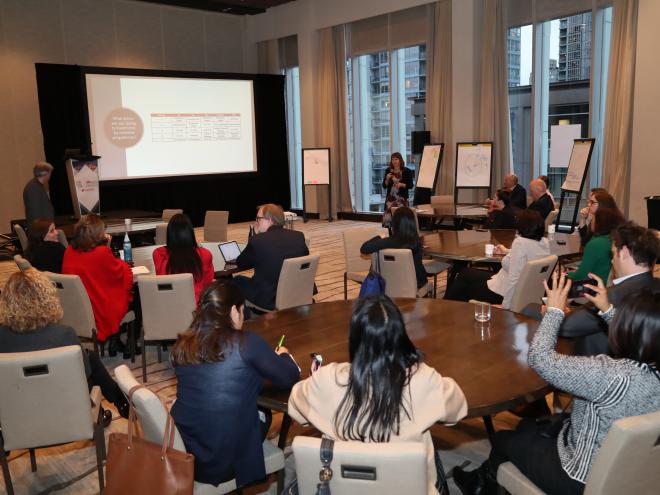Reward and Recognition – why use incentive travel?
In its purest sense, Incentive Travel is a performance enhancement tool used to inspire outstanding workplace behaviours against clearly defined goals.
It’s a key part of the reward and recognition programs that organisations offer to motivate, incentivise and inspire outstanding performance amongst their workforces.
Cash bonuses, premium merchandise, memberships and flexible benefits are other types of reward typically offered by organisations:
Cash bonuses are widely deployed in organisations to reward performance. They have the advantage of being easy to implement and everyone understands the value of cash.
That said, they are ephemeral, here today, gone tomorrow. Cash often gets absorbed into a qualifier’s regular expenses so there is little to associate the reward with the organisation that offers it and the reward can be easily forgotten.
Merchandise is often used as a reward instead of cash and this is usually for fiscal reasons. The merchandise used in incentive programs is usually high end or luxury, ie, something a qualifier would not normally purchase on their own behalf.
However, no matter how high-end or premium, the merchandise has a known price so it places a finite value on the reward. It may be validating for the qualifier to have an over-sized TV screen, but the sense of validation may be short lived as there will always be bigger and better TV screens.
Some organisations offer memberships (golf club, gym, yoga etc) and benefits tailored to the specific needs and interests of the qualifer.
These rewards are already more enduring in their value to a qualifer than cash and merchandise, but they still have a finite value and place a specific price on the extraordinary effort that a qualifier made to get them.
Winning a place on an incentive travel program, however, has clear advantages over all the other tried and tested rewards. The principal advantage is that it’s “priceless”, offering an extraordinary travel experience, comprised of experiences not available in a tourist brochure. When planned well, these travel experiences can be deeply impactful, even transformational for the qualifier.
There are other benefits, too. Incentive travel is usually offered to a qualifier PLUS a significant other. Thus the sponsoring organisation is facilitating an outstanding shared experience for two people – both can look forward to the trip together (significant other acts as a performance catalyst) and both can treasure the memories it generates.
There are benefits to the sponsoring company too in that the incentive travel experience facilitates relationship building between qualifiers and officers in an organisation and can be a tangible way to put express, and get buy-in to, company culture.
MICE: Incentive Travel = the “I” in MICE
There is no universally agreed category header to describe the industry and marketplace variously known as The Meetings Industry, MICE, Business Tourism, The C & I sector, Business Events, The Meetings and Events Industry.
Different Destination Marketing Organizations (DMOs) favour different category headers and, moreover, argue vehemently against the use of others.
MICE, an acronym meaning Meetings, Incentives, Conferences, Events is widely used in Asia and Europe but often disliked in North America and Australia where Business Events has gained currency. The UK prefers The Meetings Industry.
Incentive Travel is the “I” in MICE. While corporate meetings usually seek to inform or educate participants, incentive travel seeks to motivate and inspire them. Incentive travel is described by the Society for Incentive Travel Excellence (SITE) as
“... a powerful business tool to reward and unlock human potential to achieve corporate objectives.”
Incentive travel, therefore, is about reward and recognition – rewarding team members with an extraordinary travel experience for delivering outstanding results, recognising these high achievers before their peers and publicly validating their achievements.
For incentive programmes, the “appeal” of the destination is crucial as an all expenses VIP trip to this destination is the prize or the reward awaiting the qualifiers (those who exceed the targets set for qualification for the trip). Unless the destination is truly attractive and appealing, it will not trigger the emotional reaction necessary to motivate the employee to qualify for the trip .
The objectives of an incentive travel programme are many and can include:
- increasing sales
- building morale and loyalty
- increasing market share
- encouraging teamwork and better customer service
Incentive travel is used as a motivational tool across many industry sectors but is used particularly by the following ones:
- Financial and Insurance
- Automotive
- Fast Moving Consumer Goods (FMCG)
- Direct Selling Companies (sometimes known as Network Marketing)
The supply chain for incentive travel starts with the organisation that decides to launch an incentive travel program (often called the “end user” or corporate planner) and includes a plethora of suppliers including specialist agencies in both the source market and destination, airlines, transportation companies, hotels, venues, restaurants, visitor attractions, speaker bureaux and AV / Production companies.
Of all the MICE segments, Incentive Travel is accepted as the segment that deploys the most touch points in both a source market and a destination.
Often the supply chain is divided into Buyers (corporate end user, agencies in source market) and Suppliers (airlines, agencies in destination, hotels, venues etc).
